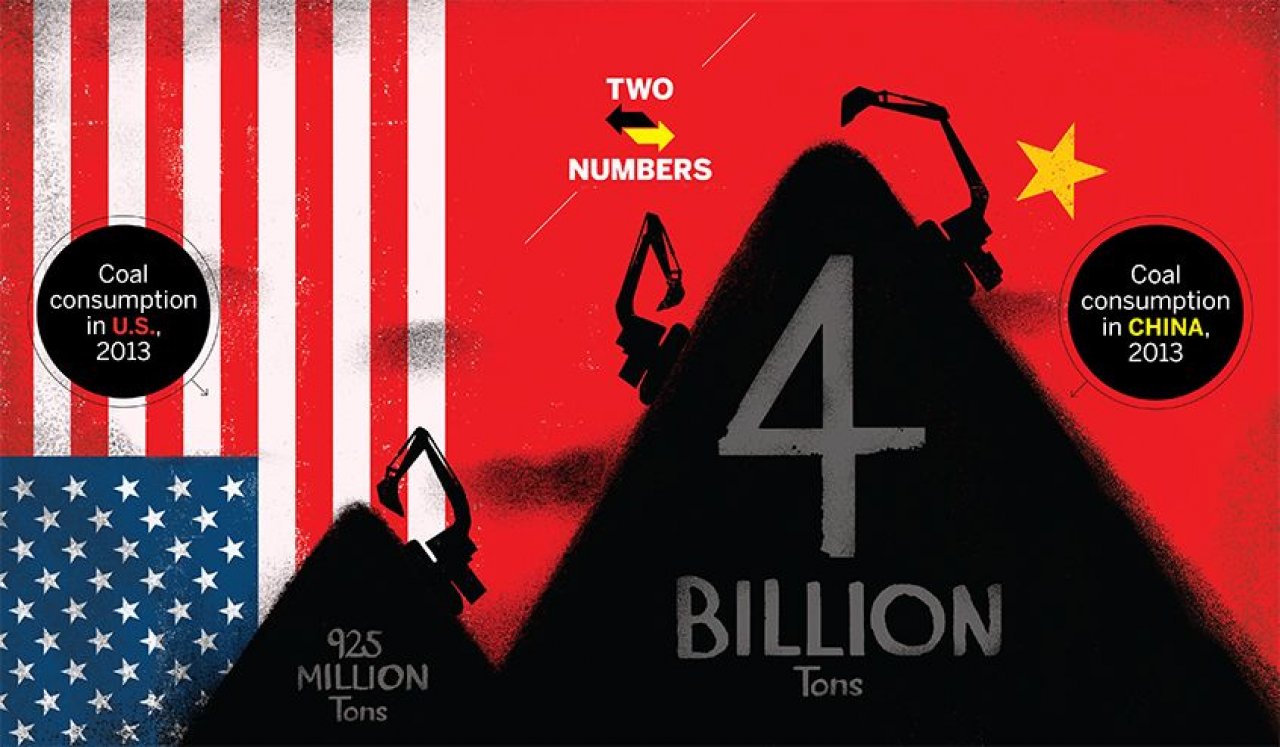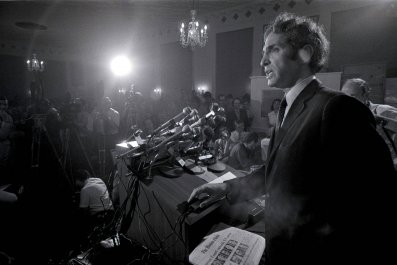Cheered by environmentalists and criticized by coal companies, President Barack Obama's move to cut coal emissions still faces plenty of legal and political challenges. But the real test will be whether the new standards have any effect on the rest of the world.
Five countries dominate the global consumption of coal. China, the U.S., India, Russia and Japan are the world's biggest coal burners. In recent years, the growth in coal consumption of developing countries, especially China and India, has overtaken growth in developed nations like the U.S.
The U.S. is the second largest consumer of coal in the world today, but China's consumption dwarfs all others. Last year, while the U.S. consumed 925 million tons of coal, China is estimated to have consumed 4 billion tons. Each year China consumes almost as much coal as the rest of the world combined.
Its dominance of the coal market is not expected to slacken anytime soon, despite tougher domestic policies aimed at reducing Chinese coal dependence. In a recent report, the International Energy Agency (IEA) forecast that China would account for 60 percent of new global demand for coal over the next five years. At the same time, it predicted faster growth in coal consumption in India, too, with that country overtaking China as the top coal importer in the world. Overall, the IEA expects demand for coal in developing nations to drive global coal consumption while demand from the developed world remains mostly flat.
If Obama meets his goal and greenhouse gas emissions are cut by 30 percent in the U.S. by 2030, that will help the environment. But the U.S. can't make the world's air cleaner alone. The true measure of the president's leadership on coal emissions will depend on getting China and India to lighten up.
Source: U.S. EIA, estimate based on U.S. EIA data































